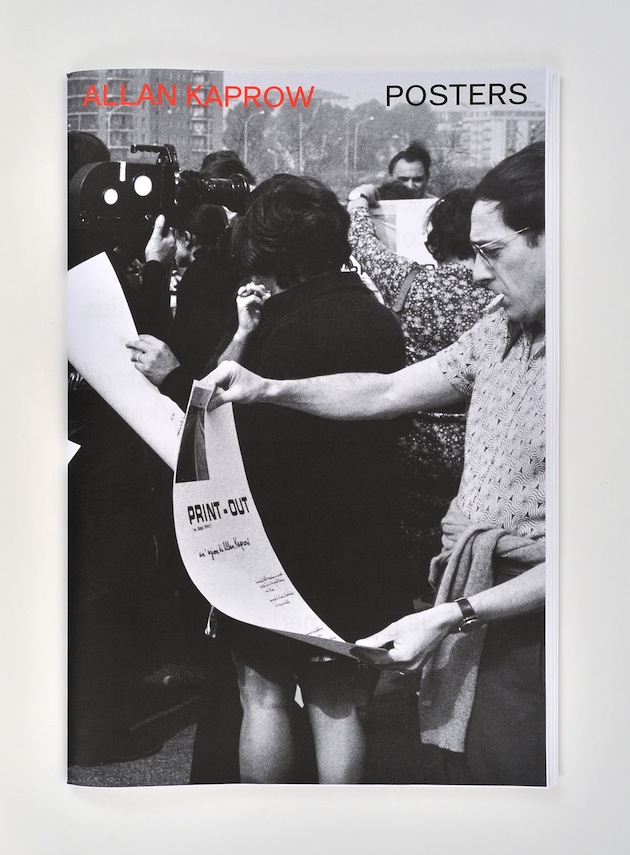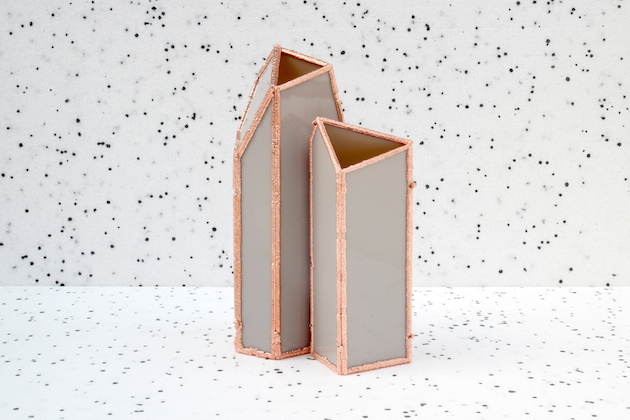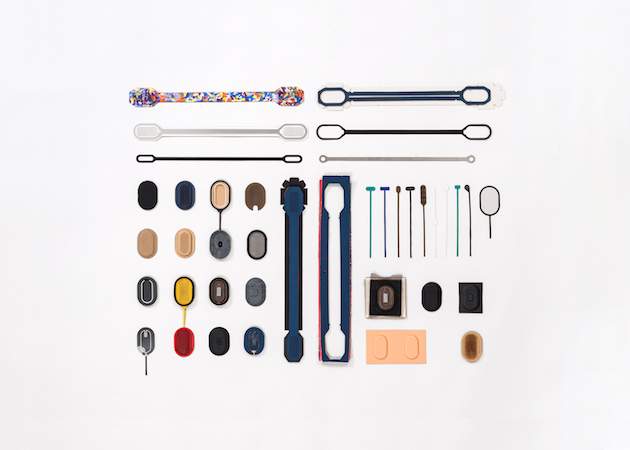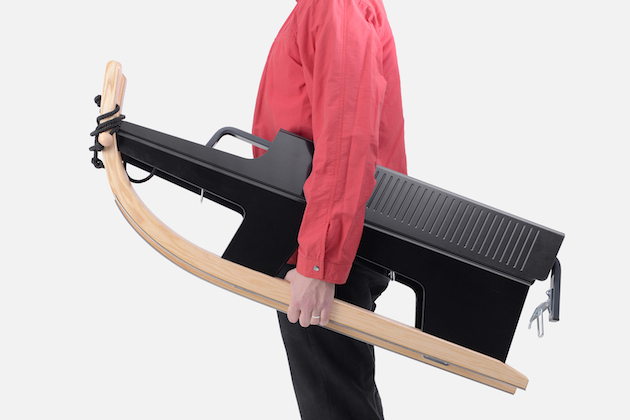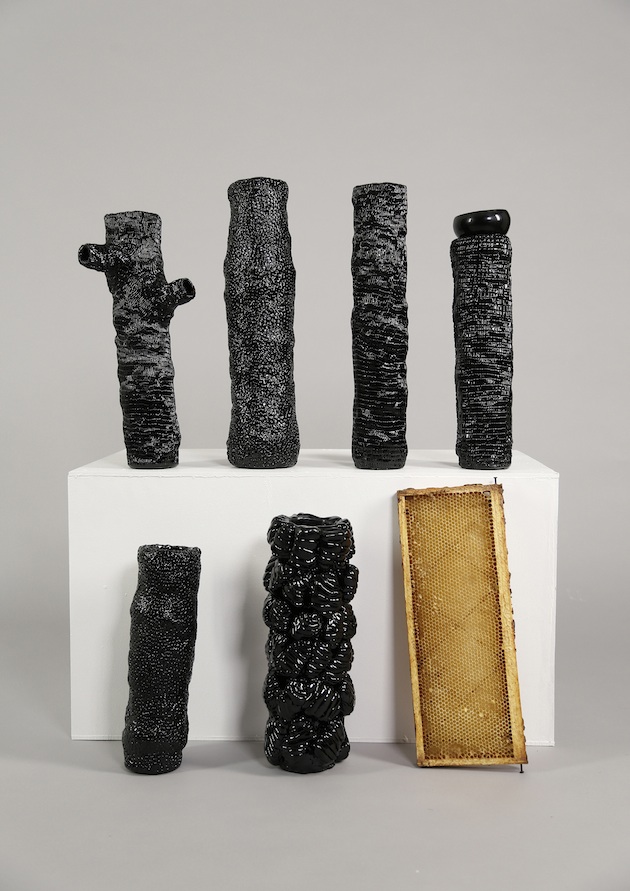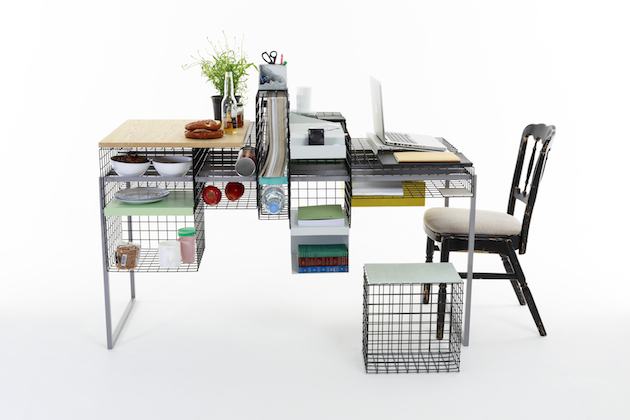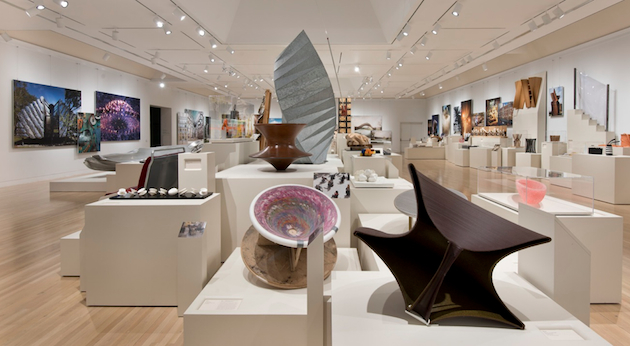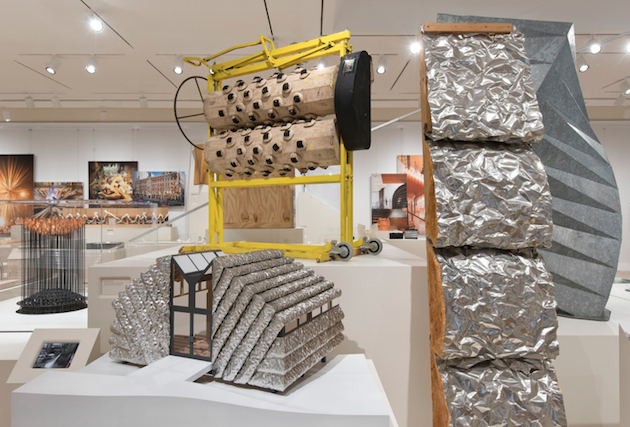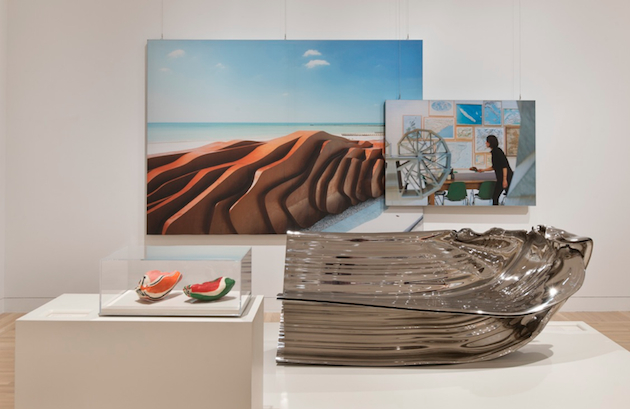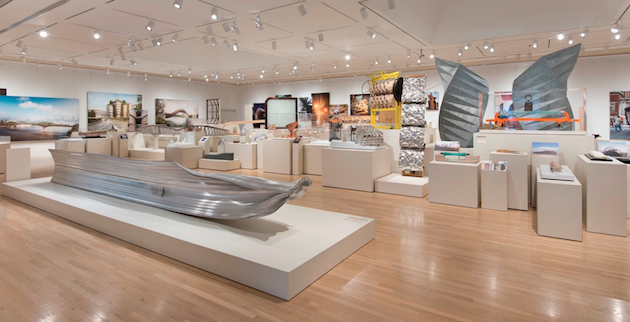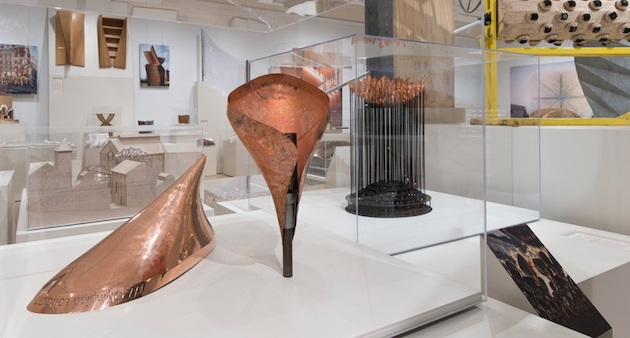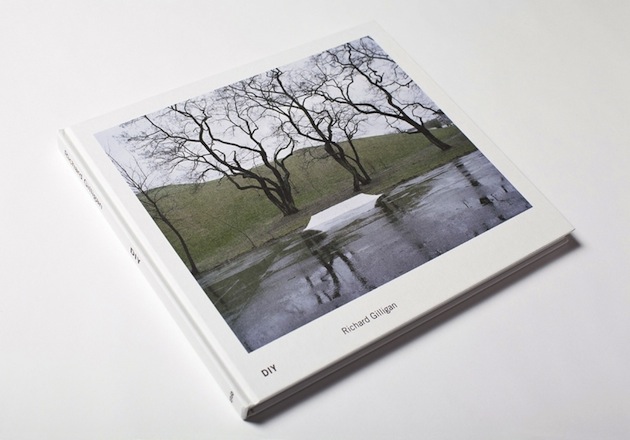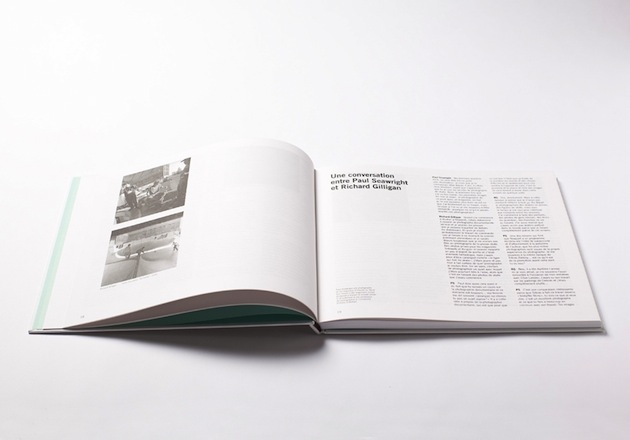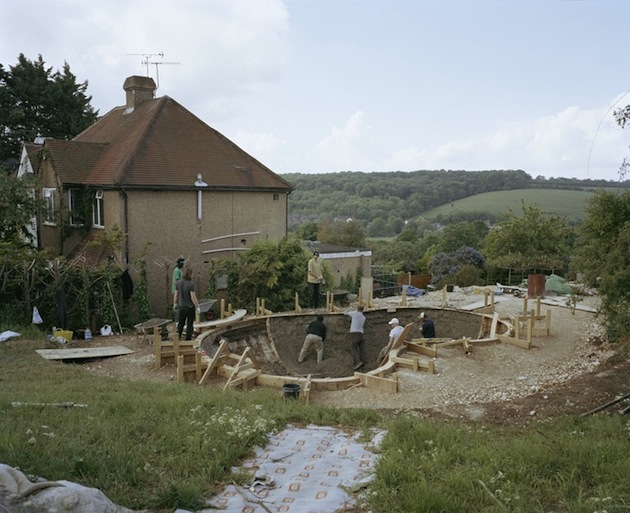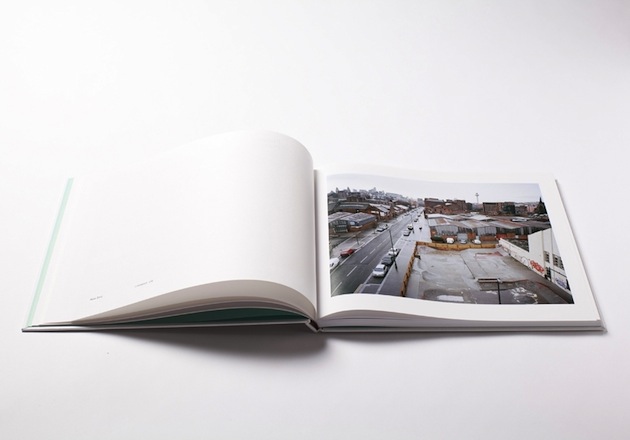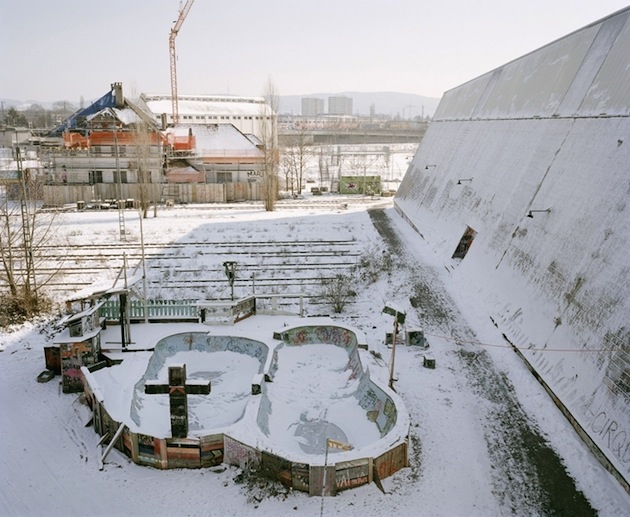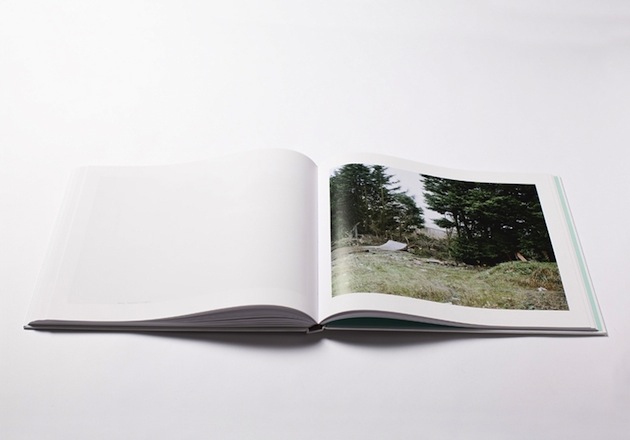For the past month, wenswear fashion weeks have followed their established schedule, with quirky Paris following the sombre runways of Milan. In Paris, we spotted some great emerging talents, that we believe have what it takes to develop even more and possibly grow to become the next big menswear names.
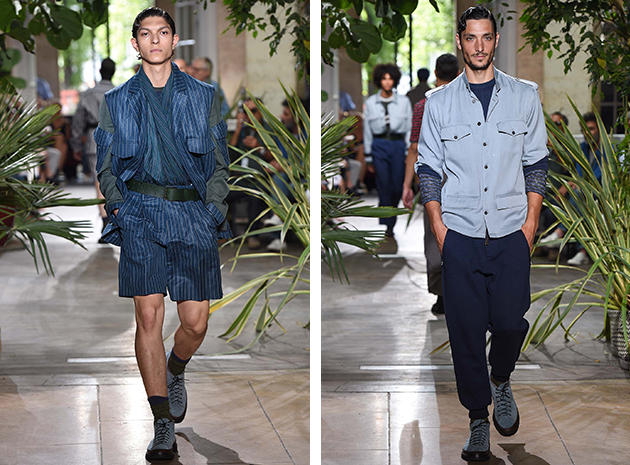
Julian Zigerli was born in Switzerland and graduated from the University of Arts in 2010 before founding his eponymous label. He is now showing his work at Paris Men’s Fashion Week, having previously showin in Milan, and has been enjoying huge success both locally and internationally with his colourful and playful design that focuses on combining sport references with colour, cut and interesting structures. Those were also the key words to describe his Spring 2016 collection.
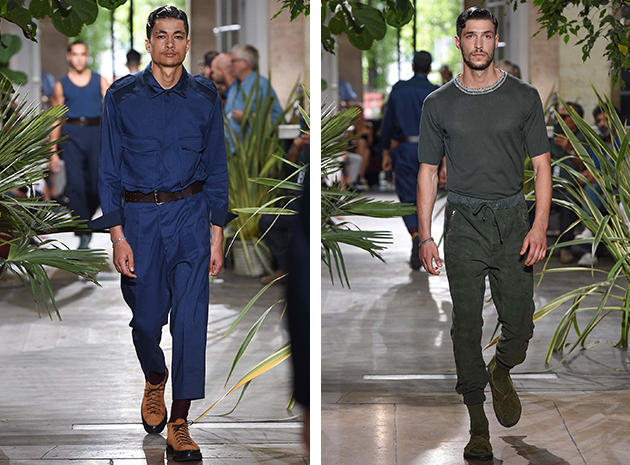
Umit Benan, Istanbul-raised designer, that dreamed of a Hollywood career before redirecting his focus to fashion. Since then, he has studied at the Marangoni Institute in Milan, taken styling courses at Central Saint Martins and studied pattern-making at Parsons The New School for Design in New York. For his Spring 2016 collection, Benan has refined his take on masculinity with tropical Cuba standing for inspiration. Cuban references did not end with clothes: he brought Havana clubs to Paris by staging his show in a Peruvian restaurant on the outskirts of the French capital. The military stood for another clear style influence, with desert boots and army green populating his collection.
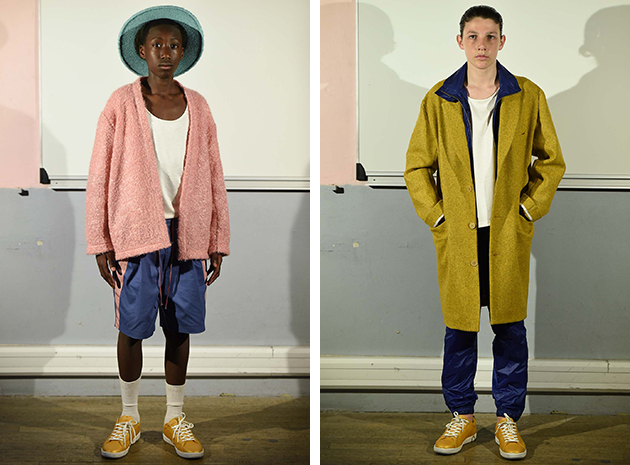
Pigalle, a brand that shares the nomination for 2015 ANDAM awards with Umit, was founded by Paris-born Stephane Ashpool. The brand aims to combine streetwear with old Parisian fashion traditions. The brand’s fashion show was not like many others – staged at the Palais Garnier in Paris, Oko Ebombo sang before Pigalle sent their Spring 2016 collection down the marble stairs. The collection stood out among other collections with interesting pieces such as suits paired with long layered shirts and Cossack hats.
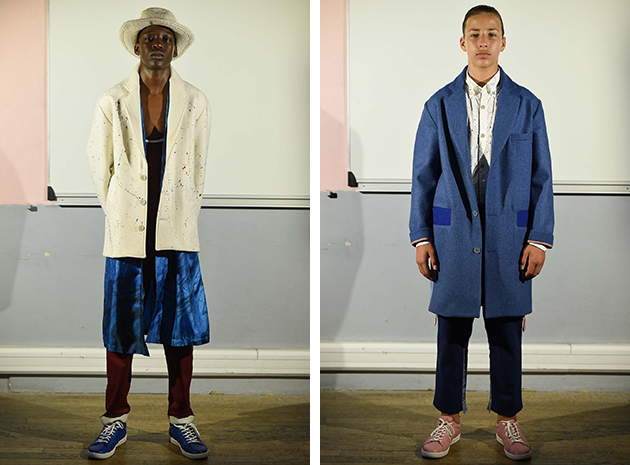
These three, very different brands show that Paris has developed a great menswear scene with both established names and upcoming designers that are pushing the limits of traditional menswear design. It is interesting to see the development that has taken place in the latest couple of years within the field: the brands mentioned above are all part of a great change.
Hanna Cronsjö
